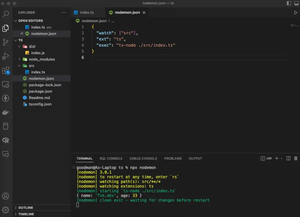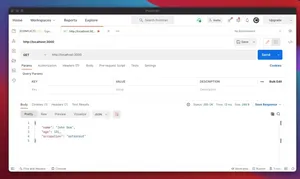Understanding Cross-Origin Resource Sharing (CORS)
When you encounter a Cross-Origin Resource Sharing (CORS) error in Node.js with Express, it’s typically due to the same-origin policy enforced by web browsers for security reasons. This policy prevents a web page from making requests to a different domain than the one that served the web page. CORS errors often occur when your Node.js application’s backend (API) and frontend are hosted on different domains or ports.
Enabling CORS in Express
To fix CORS errors in an Express application, you need to set the appropriate headers that allow cross-origin requests. You can do this by setting the headers manually or by using the cors middleware.
Manual Header Setting
You can manually set CORS headers in your Express routes. Here’s an example:
const express = require('express');
const app = express();
// Middleware to enable CORS
app.use((req, res, next) => {
res.header('Access-Control-Allow-Origin', '*');
res.header('Access-Control-Allow-Headers',
'Origin, X-Requested-With, Content-Type, Accept');
next();
});
// Root route
app.get('/', (req, res) => {
res.json({ message: 'CORS is enabled' });
});
// Define the server port
const PORT = process.env.PORT || 3000;
// Start the server
app.listen(PORT, () => {
console.log(`Server running on port ${PORT}`);
});Using cors Middleware
For a more straightforward approach, use the cors package. First, install the middleware:
npm install corsThen, include it in your application:
const express = require('express');
const cors = require('cors');
const app = express();
// Enable CORS for all routes
app.use(cors());
// Root route
app.get('/', (req, res) => {
res.json({ message: 'CORS is enabled' });
});
// Define the server port
const PORT = process.env.PORT || 3000;
// Start the server
app.listen(PORT, () => {
console.log(`Server running on port ${PORT}`);
});This will enable CORS for all routes. If you need more granular control, for example, enabling CORS for specific routes or setting specific headers, you can configure the cors middleware accordingly.

